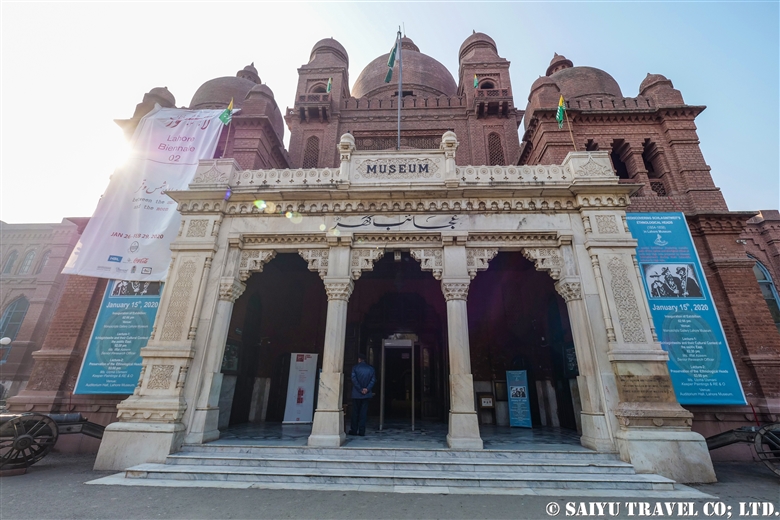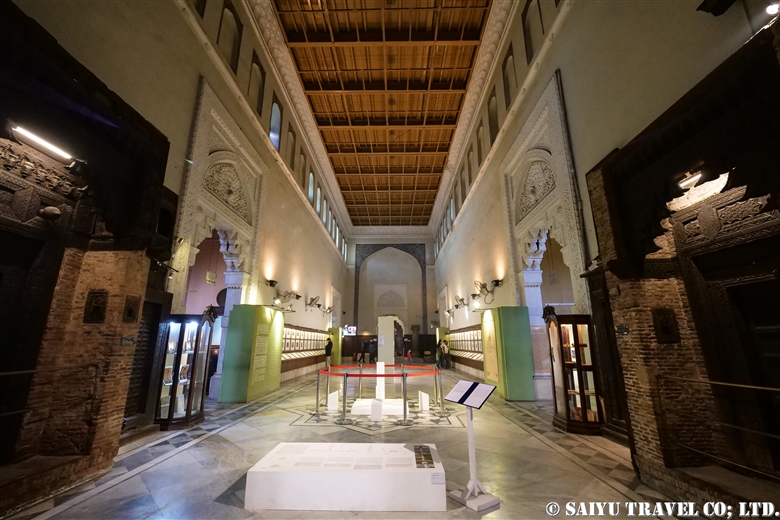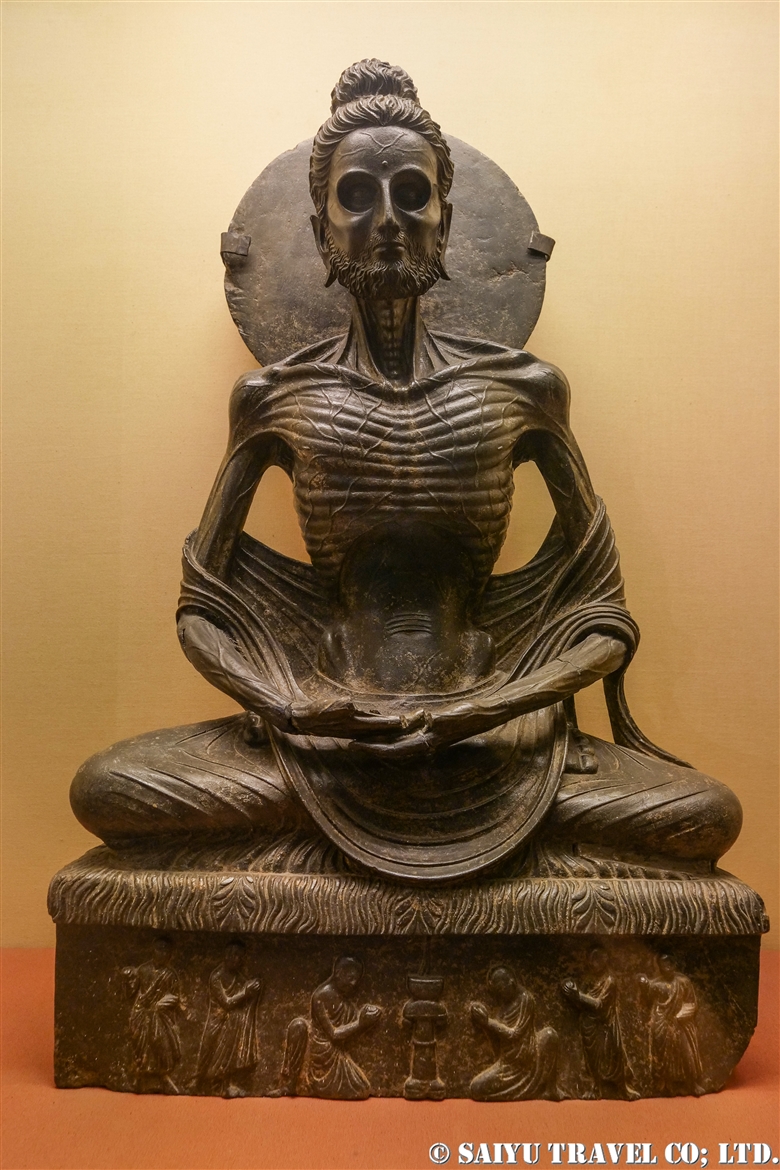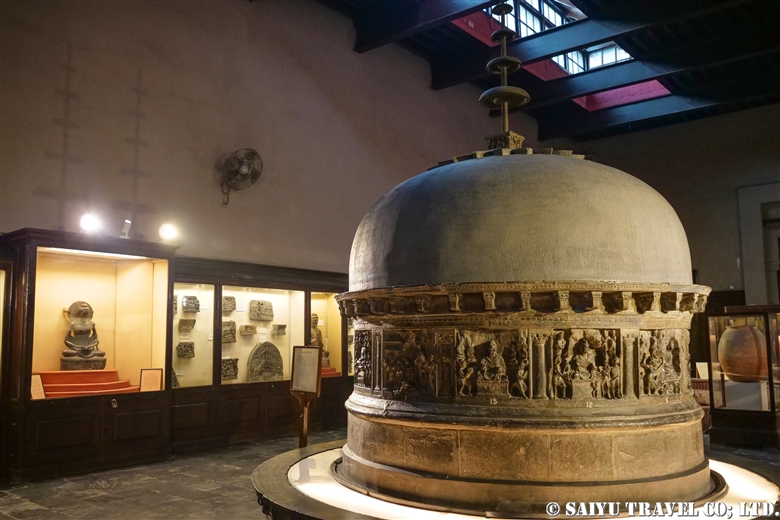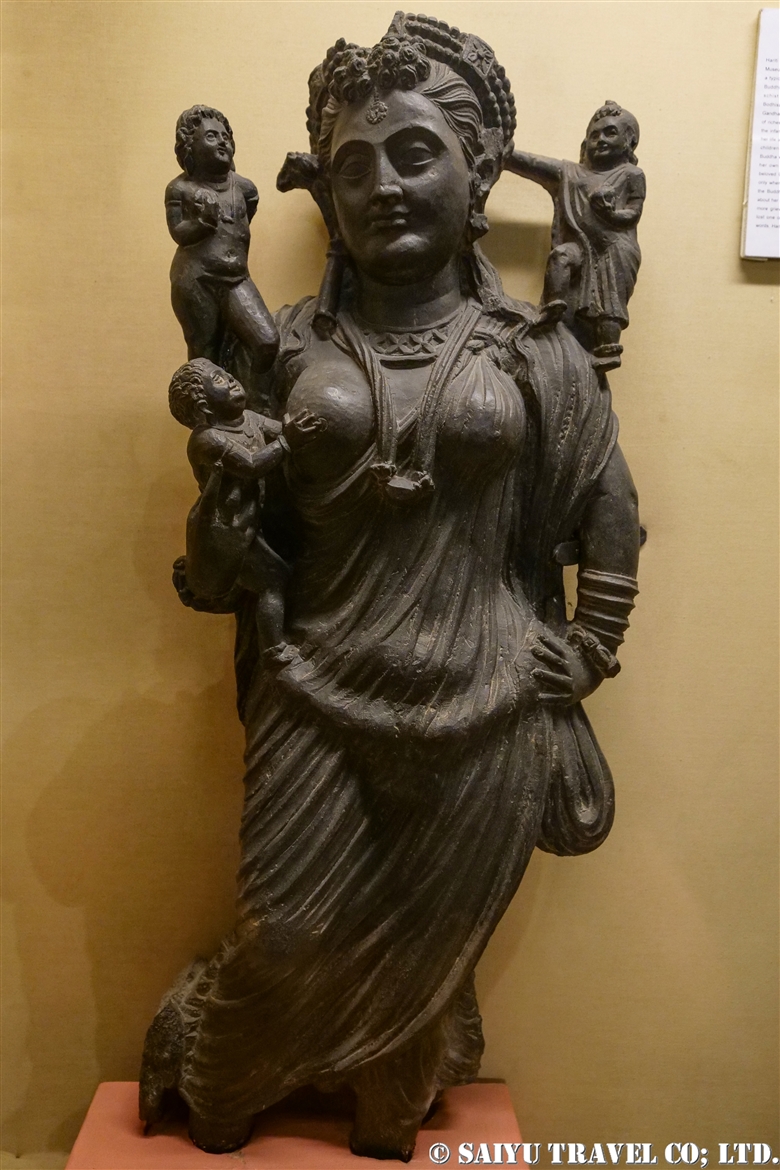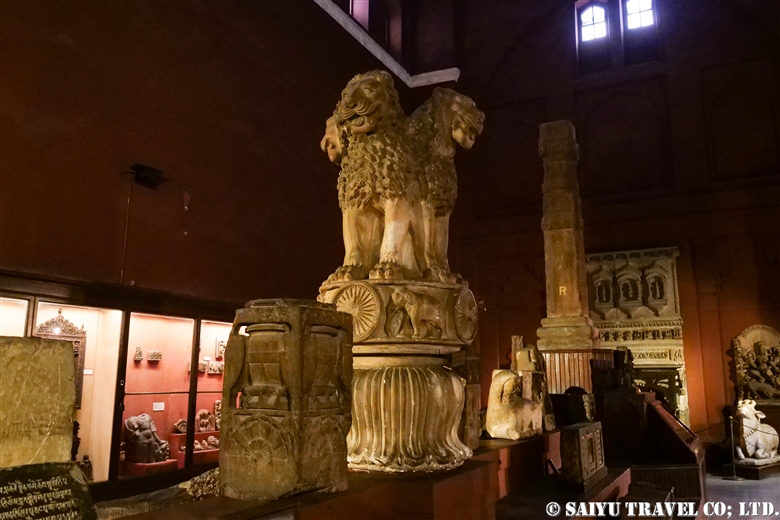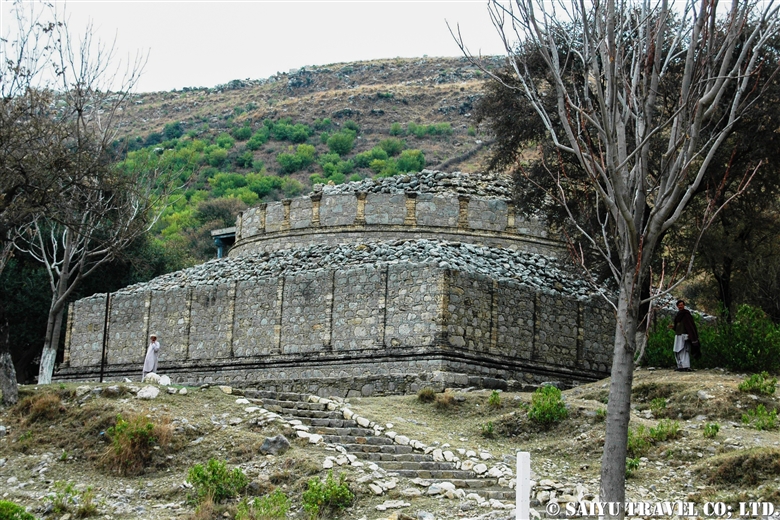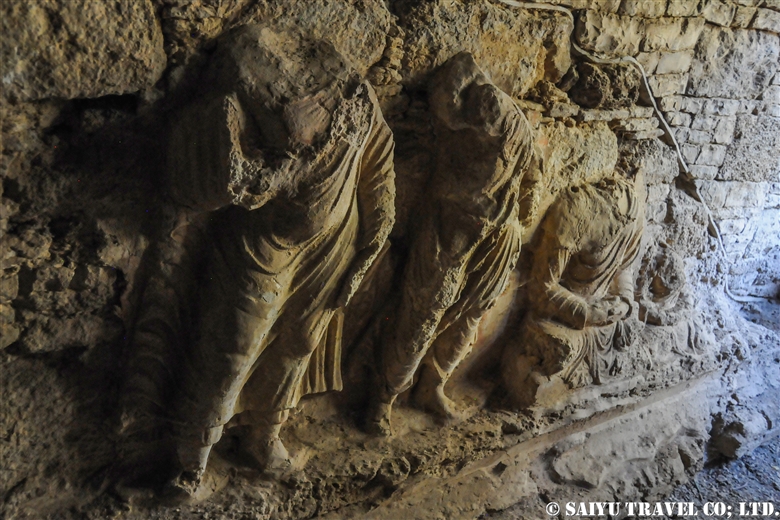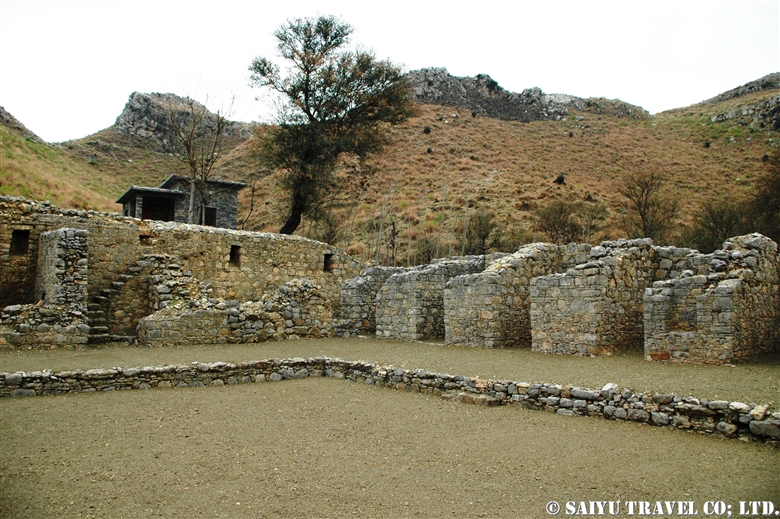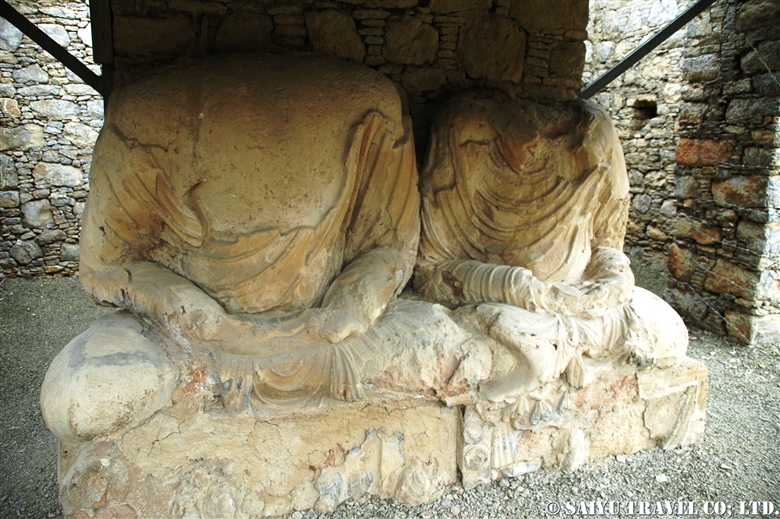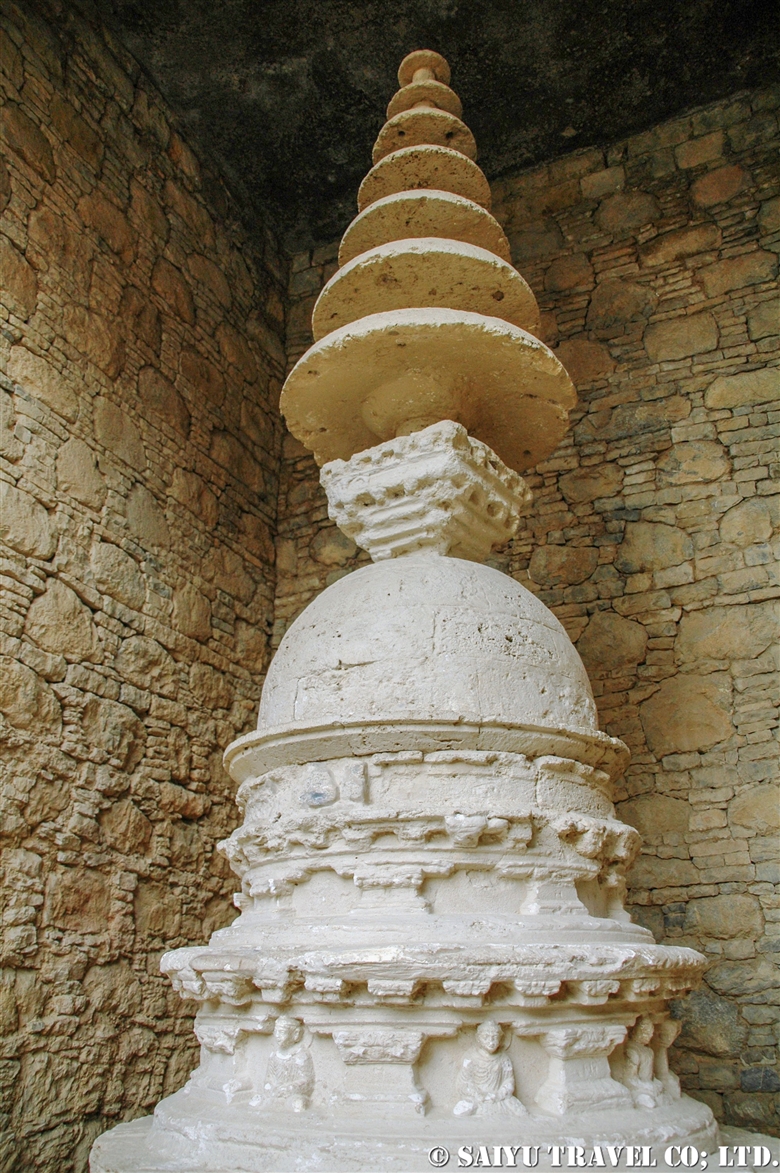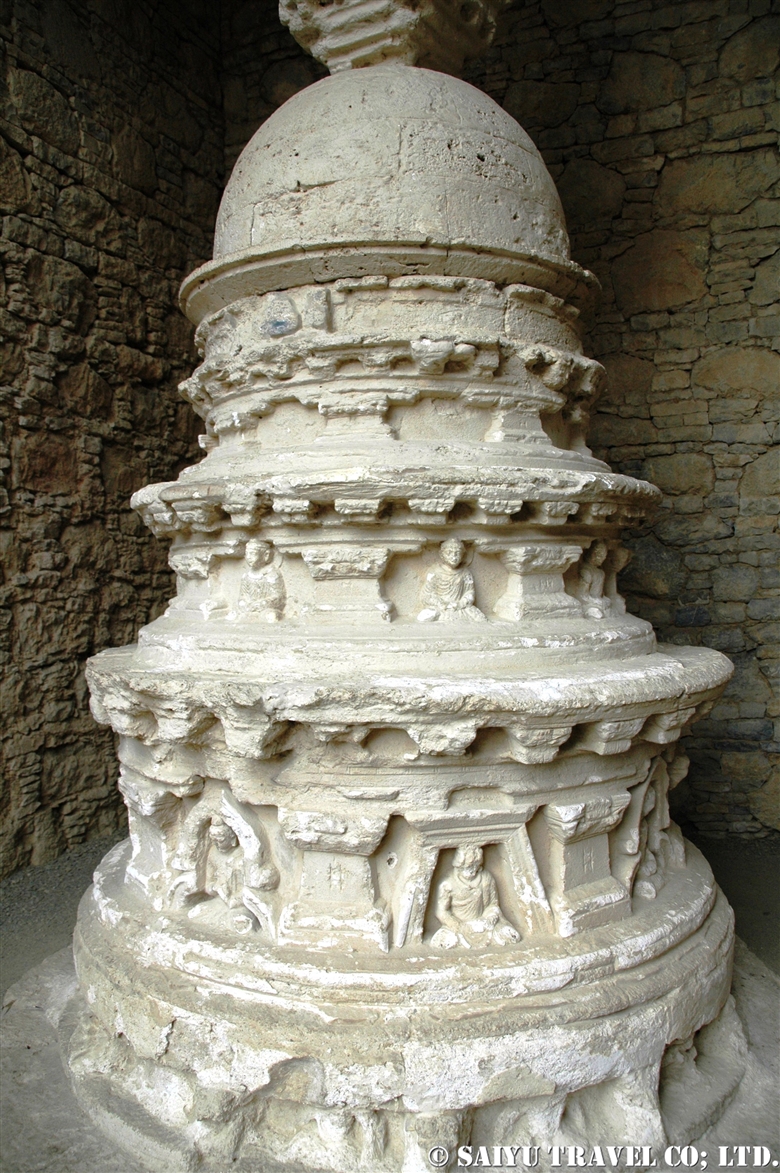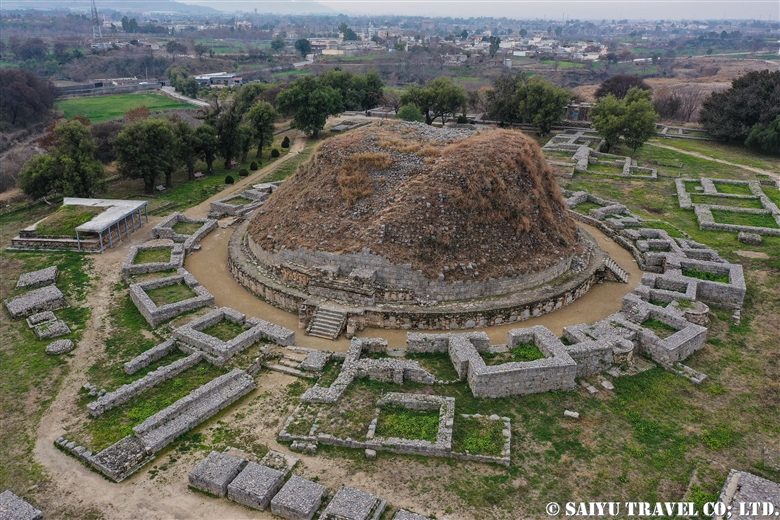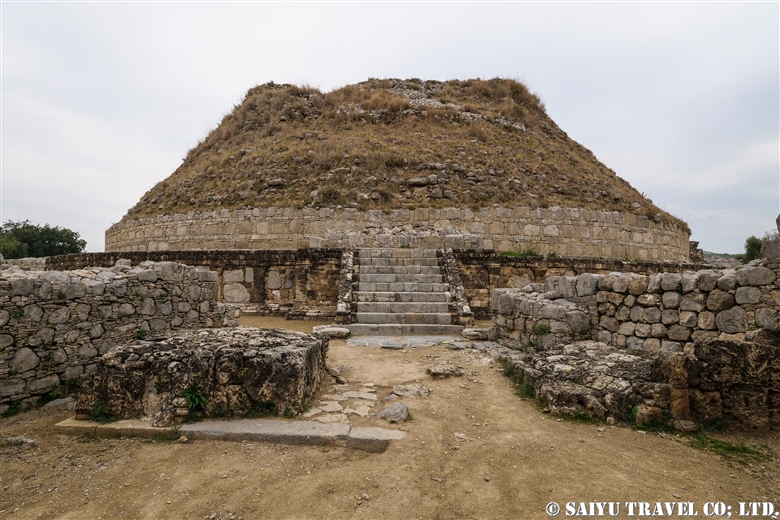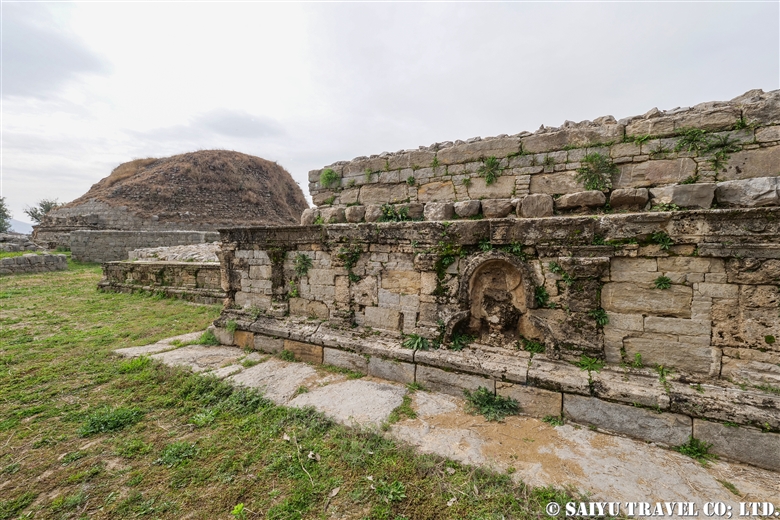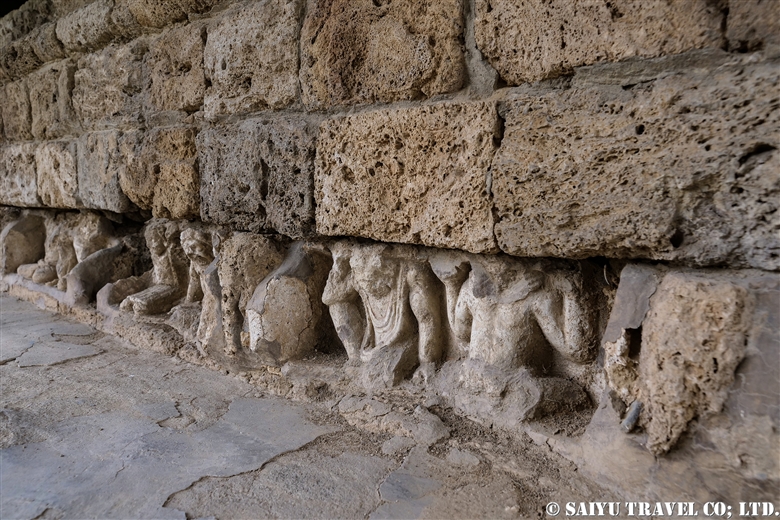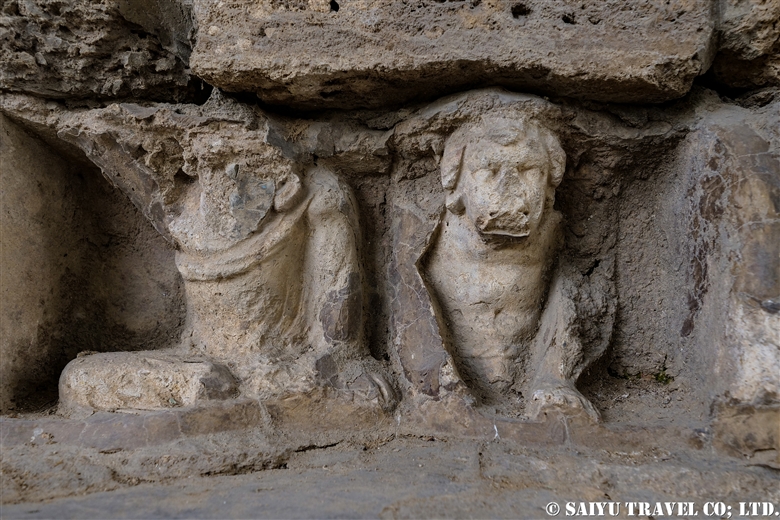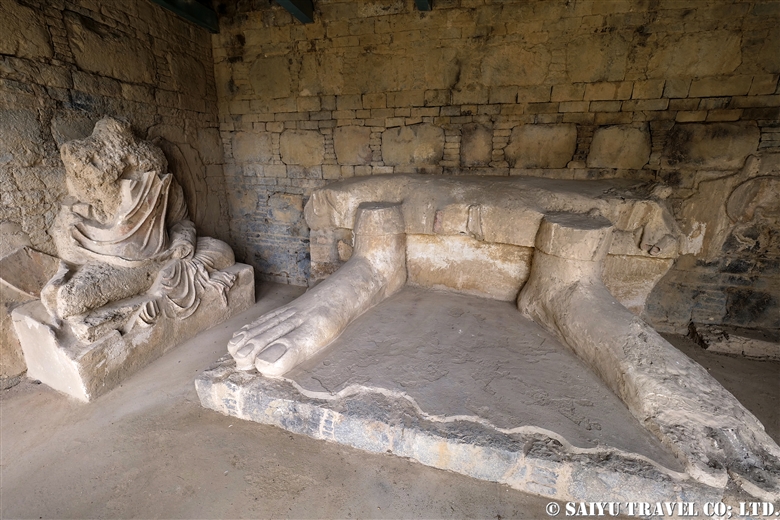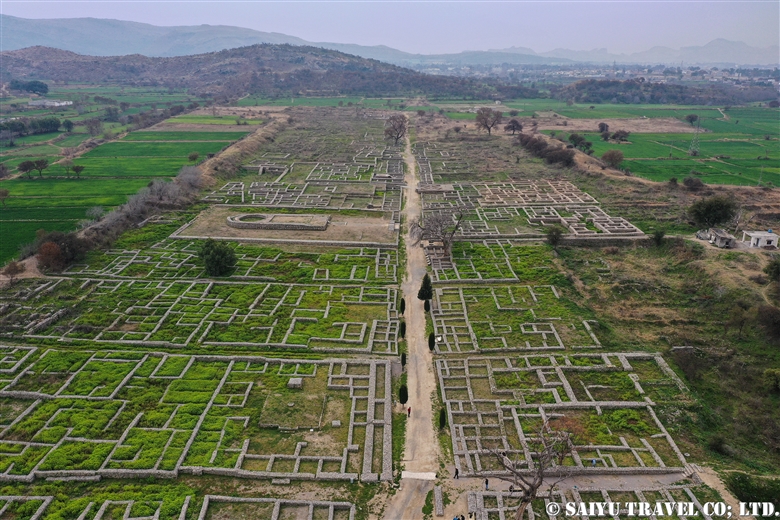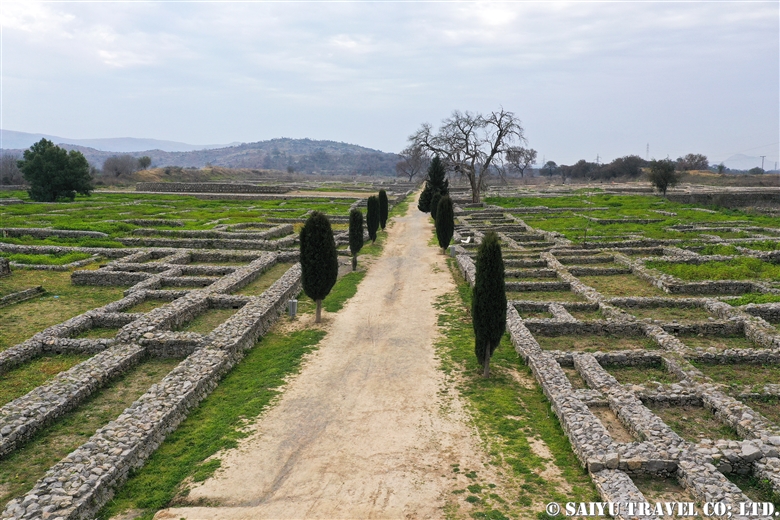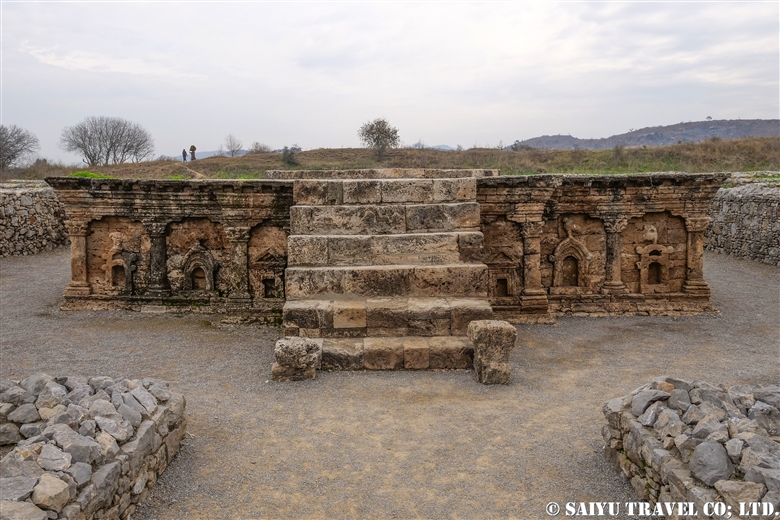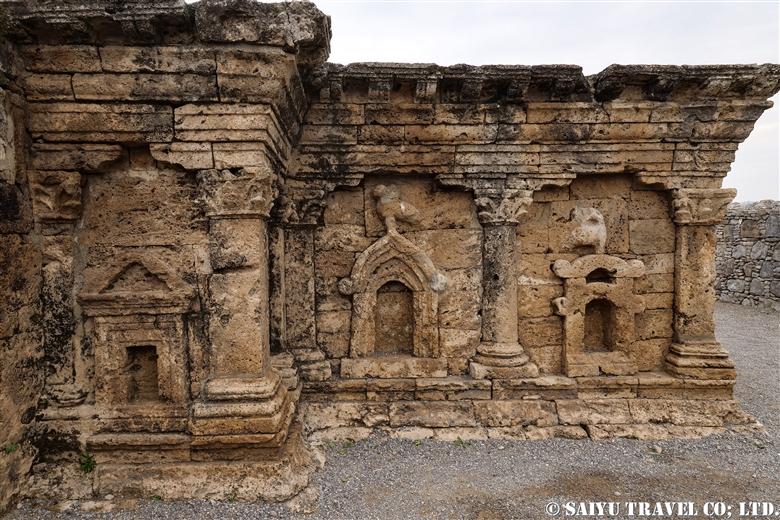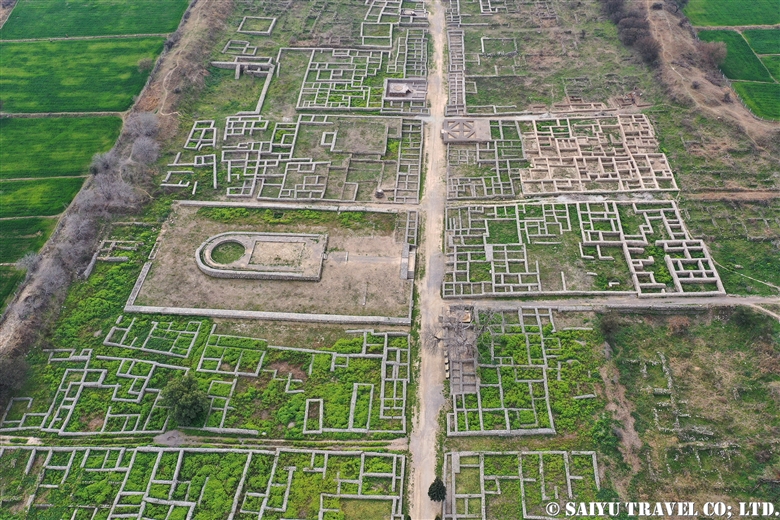This is the aerial view of the Taxila City Ruins Sirkap.
You can see the whole Ruins by aerial photography, where the city plan and roads are organized in a grid plan.
For more information about Sirkap Ruins, see here
Drone footage Sirkap, Taxila
Video & text : Mariko SAWADA
(Video is from a trip in Feb 2020)
Location : Sirkap, Taxila, Punjab
Category : = Video Clip Punjab > - Monument / Heritage of Punjab > ◆ Video Breathtaking Views of Pakistan > - Taxila > - Gandhara > ◆ Punjab > ◇ Heritage of PakistanTag : Pakistan Travel Blog , Pakistan Photography Tour , Indus Caravan , Pakistan Heritage Tour , Saiyu Travel , Saiyu Travel Pakistan , Gandhara , Gandhara tour , Unesco World Heritage Pakistan , Taxila , Sirkap , Pakistan Travel company , pakistan buddhist ruins , Pakistan Blog , Pakistan tour operator , pakistan buddhist tour





